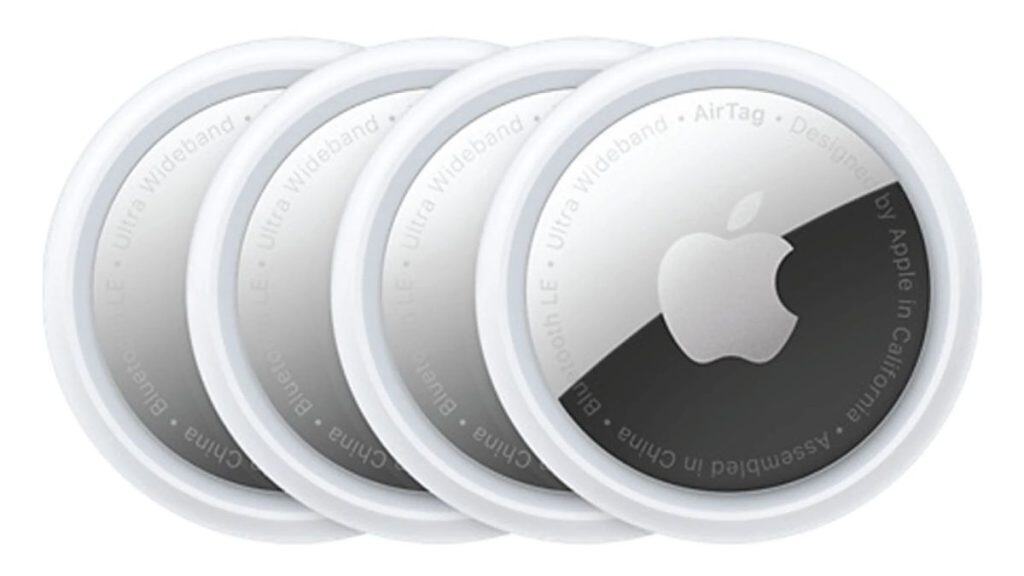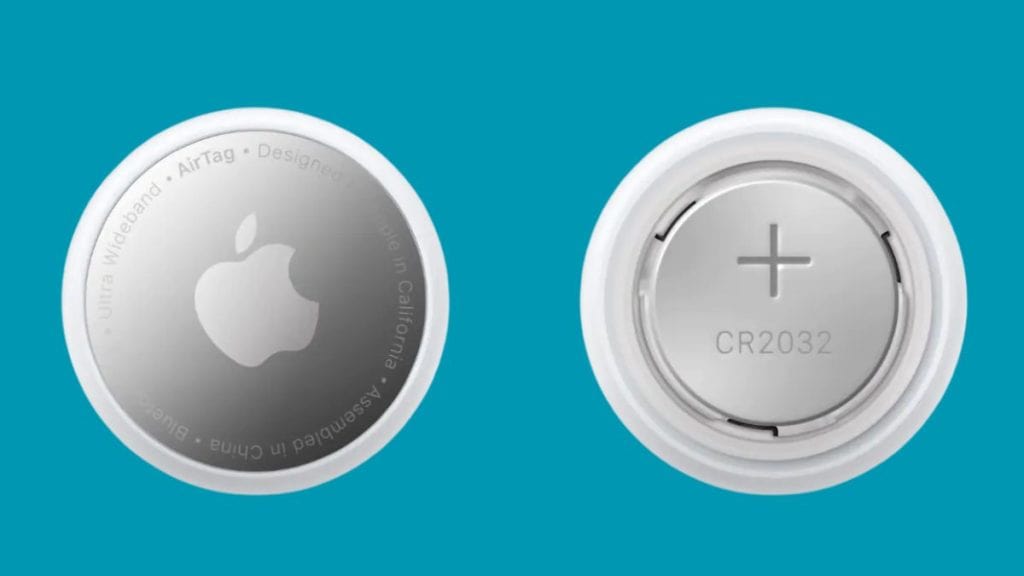Apple’s AirTags are a popular solution for keeping track of everyday items like keys, wallets, backpacks, and even bikes. They connect to your iPhone through the Find My app and help locate lost or misplaced belongings using Bluetooth and Apple’s vast device network. One of the most common questions new users ask is: how long do AirTags last?
The short answer: about one year per battery—but there’s more to it than just time.
What AirTags Are Designed to Do

AirTags are small, lightweight Bluetooth tracking devices developed by Apple. Once paired with your iPhone, an AirTag can be attached to personal items and tracked using Apple’s Find My network, which uses nearby Apple devices to relay the location of your item.
They support features like Precision Finding (for iPhones with Ultra-Wideband), sound alerts to help locate items nearby, and lost mode to notify you when a missing item is found. AirTags are built to be simple, secure, and long-lasting.
How Long Does an AirTag Battery Last?
AirTags are powered by a CR2032 coin cell battery, which Apple says should last about one year under normal use. This estimate is based on occasional location checks, moderate use of sound alerts, and connection to your iPhone when needed.
Unlike some Bluetooth trackers, AirTags are not rechargeable. Instead, they’re designed for easy battery replacement.
What Factors Affect AirTag Battery Life?
While the standard lifespan is around a year, several factors can affect how long an AirTag battery really lasts:
- Frequent use of sound alerts: Playing a sound from your AirTag to find it more often will drain the battery faster.
- Regular tracking activity: Constant use in areas where the AirTag is frequently connecting to the network can also reduce battery life.
- Cold temperatures: Lithium coin batteries lose charge more quickly in low temperatures.
- Signal searching: If the AirTag is frequently out of range and trying to reconnect, it may use more energy.
In most everyday use cases, though, users report that AirTags meet or slightly exceed the one-year estimate.
How to Check Your AirTag’s Battery Level

Apple doesn’t show a specific battery percentage, but it does allow you to check the general battery status in the Find My app.
To check:
- Open the Find My app on your iPhone
- Tap the Items tab
- Select your AirTag
- If the battery is low, you’ll see a low battery warning
This system gives you plenty of notice before the battery runs out completely.
How to Replace an AirTag Battery
Replacing an AirTag battery is simple and can be done without tools.
- Press down on the stainless steel back of the AirTag
- Rotate it counterclockwise until it pops off
- Remove the old CR2032 battery and insert a new one with the positive (+) side facing up
- Press and rotate the cover back on until it clicks
It’s worth noting that some CR2032 batteries have a bitter coating (a safety feature for children), and some of these may not work well with AirTags due to their coating interfering with electrical contacts. If your AirTag doesn’t respond after replacing the battery, try a non-coated version.
Will the AirTag Ever Stop Working Entirely?
The AirTag hardware doesn’t have an expiration date. As long as you replace the battery when needed and the device isn’t physically damaged, it can last many years.
AirTags have an IP67 water and dust resistance rating, meaning they can survive splashes, rain, and brief submersion. Still, keeping them dry and clean will help extend their usable life.
Unless the internal components are damaged, there’s no reason an AirTag should stop working after a single year. The device itself is built for long-term use.
AirTags vs. Other Trackers: Lifespan and Battery
Compared to trackers like Tile or Samsung SmartTag, AirTags strike a balance between longevity and simplicity. Unlike some competitors that have built-in rechargeable batteries or require replacing the entire tracker after battery loss, AirTags offer a straightforward, user-replaceable battery system.
- Tile Mate: Often has a built-in battery (some models are non-replaceable)
- Samsung SmartTag: Uses a similar CR2032 battery
- AirTag: Easy replacement, consistent 1-year life
If long-term durability and ease of maintenance are priorities, AirTags offer a strong advantage.
Tips to Get the Most From Your AirTag Over Time
If you want to extend the battery life and overall performance of your AirTag:
- Don’t overuse the “play sound” feature unless necessary
- Avoid storing your AirTag in extreme cold or heat
- Clean it occasionally to prevent debris from affecting the battery contacts
- Use Apple-compatible CR2032 batteries for better reliability
Taking care of your AirTag ensures you’ll rarely run into performance issues—and only need to think about it once a year.
Final Thoughts: AirTag Battery Life and Long-Term Value
AirTags are designed to be low-maintenance, high-utility devices. With a battery life of about one year, easy CR2032 replacement, and solid durability, they offer excellent long-term value for users who want a reliable way to keep track of important items.
As long as you replace the battery annually and avoid physical damage, your AirTag should keep working year after year.
Have you had to replace your AirTag battery yet? Share your experience in the comments.